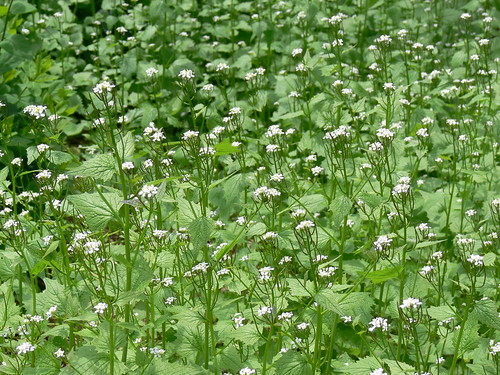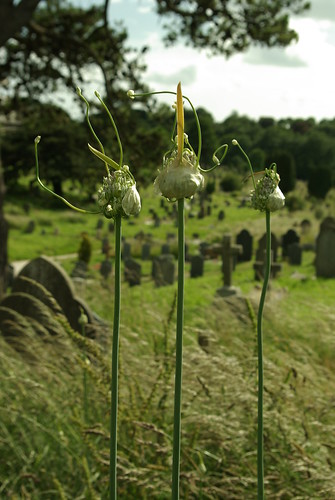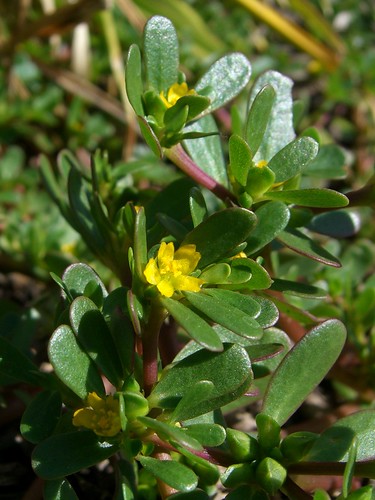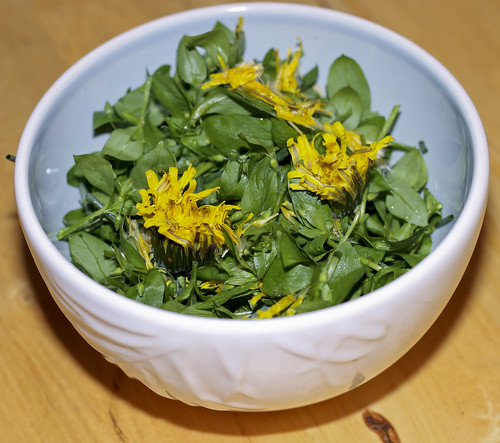Many weeds were plants brought from Europe with the early settlers as food but have become invasive and what we call weeds. So many weeds are edible, like dandelions or purslane. Some weeds are toxic, check out the link below, after the video on Queen Anne’s Lace and the second link on Queen Anne’s Lace lookalikes.
This is the Queen Anne’s Lace that some consider a weed but I love it.
There are some lookalike plants that are REALLY problematic like poison hemlock that you have to avoid – check out the next video. I tried to plant the seed of daraammi, not successfully, that is also in the carrot family but the flowers that look like Queen Anne’s Lace are purple.
Poison Hemlock usually does not grow in gardens. I have only seen it along hiking trails where I don’t see Queen Anne’s Lace. But I sent the link so you should know the difference.
This is the weed that I could not recall the name. The first year I think its leaves are pretty the first year. But this is a real nuisance in the garden- get rid of it. However, it is edible.
Many weeds are being hybridized so that the flowers are larger and are now sold for gardens. Mullein used to be found in dry areas like along train beds and is now sold as garden seeds – I think the flower is larger in these seeds. However, what had been considered weeds a few years ago have now become garden plants because people are more sensitive to the needs of the environment- weeds are good for bees and birds as well as other beneficial insects.
Hope this is helpful.








